| After the Monsoon Storm, Pima County, AZ | Recently I stumbled upon an interesting article from the University of Virginia’s Environmental Institute titled/subtitled: Researchers Find That Better Sharing of New “Eco-Innovations” Can Combat Rising Climate Despair. Climate despair is emerging as a psychosocial threat. But UVA researchers have found a potential source of hope that is underutilized. Climate despair describes a state of hopelessness about the climate crisis. These feelings of despair can be crippling, causing people to feel an overwhelming sense of futility and give up on battling climate change at all. Link: Eco Innovations I've known about "climate change" since the early 1980s back when I was an editorial worker for publishers of university and professional science texts. |
Here’s what the United Nation Climate Action says about the causes and effects of climate change.
Climate Change Causes/Effects
Pay special to the last three “effects” which directly affect humans. They are Not Enough Food, Health Risks, and Poverty and Displacement. In short, we’re not going to get out of this easily. Migratory refugees are already heading north to the U.S., Canada, and northern Europe. As we’ve already seen on the southern U.S. border, refugees are a big political and social problem. Violent conflict and war often break out as the result of a local climate crisis. On top of all that, there are way too many of us humans. There are organizations devoted to getting contraception to women, especially in developing countries, but the list of reasons why the women cannot access or use contraception is long.
Why tell you all this bad news? I want anyone reading this to know that I am fully aware of how bad this situation is. Yet, I also consider the despair that is coming from recognizing this crisis, and thinking that there’s nothing that can be done is a big problem, too.
Summary: Imagine you are watching children play basketball. One of the kids on your team never shoots the ball. You ask why. “Because I won’t make a basket.” What do you say? My answer: “Yeah, if you don’t shoot, you definitely won’t make a basket. So shoot the ball!”
Same with the climate crisis. If you feel despair and give up, we are definitely 100% screwed. So read some “good news” articles about what others are doing. Then do what you can, even if it’s a tiny drop in the bucket. Shoot the ball. Who knows? Maybe it will go in the basket.
Here’s a list of websites devoted to good news. If you learn of any good news, let me know and I’ll share it. Feel free to comment here or send me an email.
Bibliography of Climate Good News sites
Happy Eco News
https://happyeconews.com/
Environment America
https://environmentamerica.org/topics/good-news/
The Daily Climate
https://www.dailyclimate.org/Good-News/
One Tree Planted
https://onetreeplanted.org/blogs/stories/good-news-2023

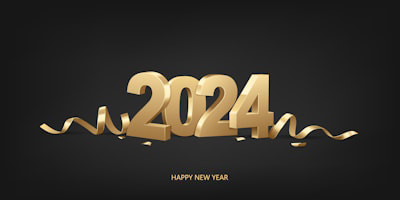
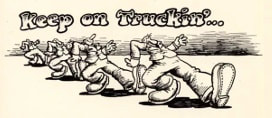
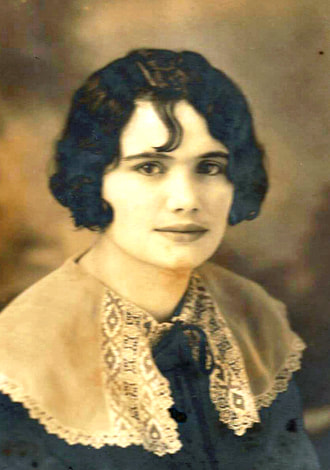
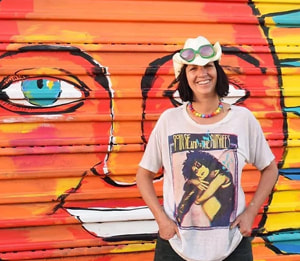
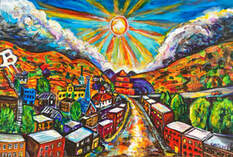
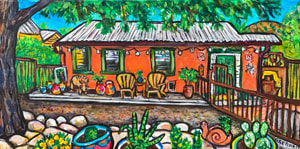
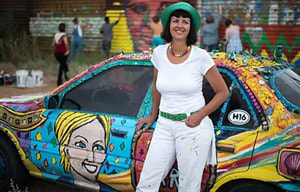
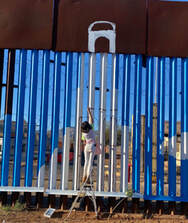
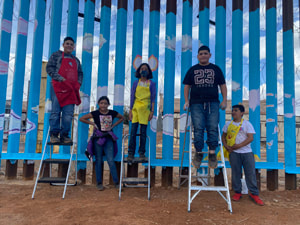
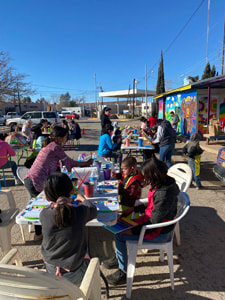
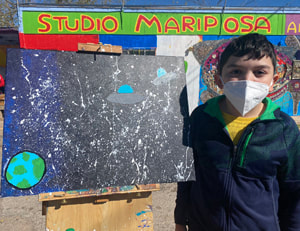
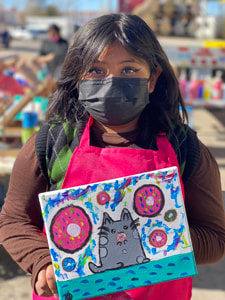
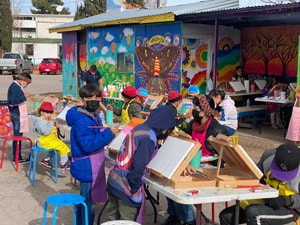
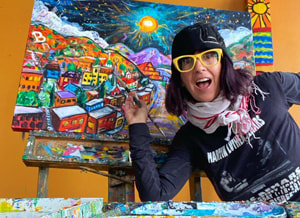
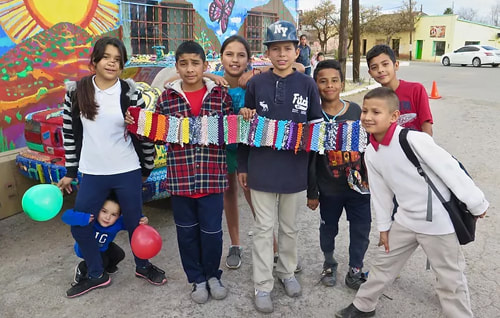
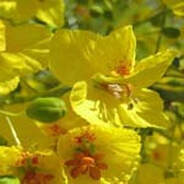
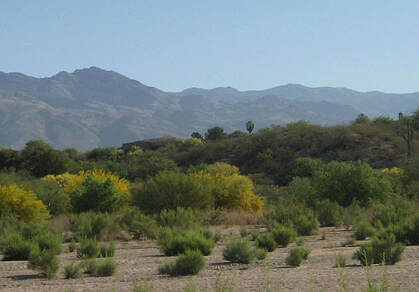




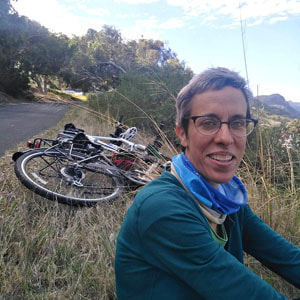
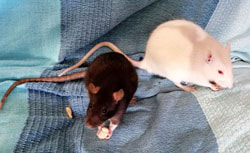
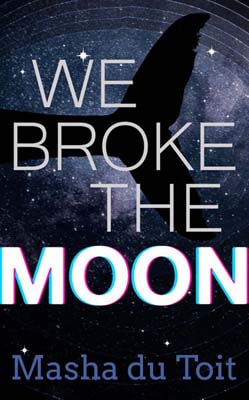
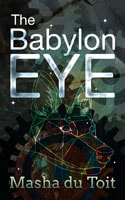
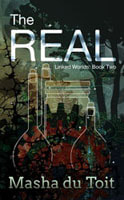
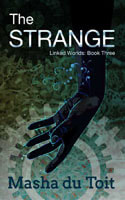
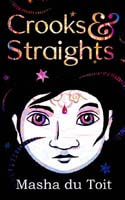
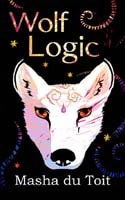
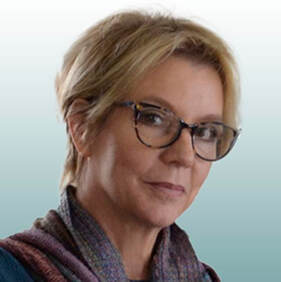
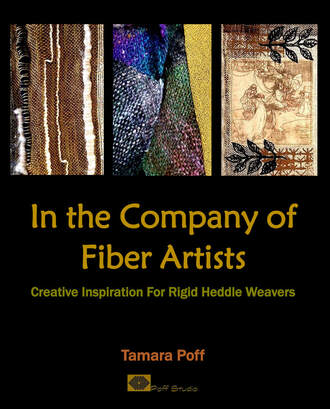

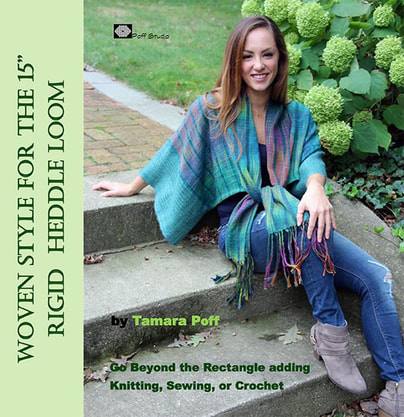
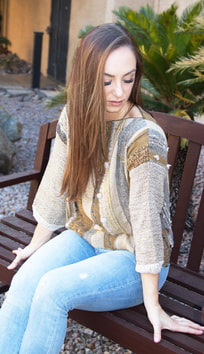
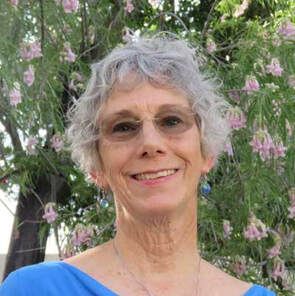
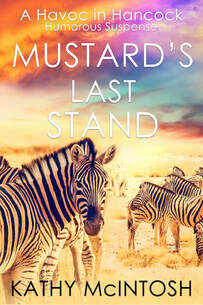
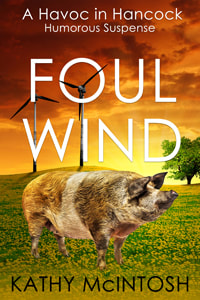
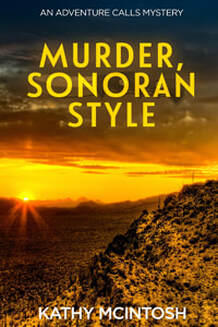
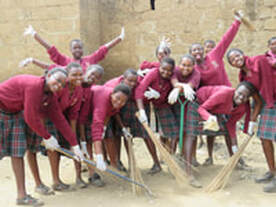
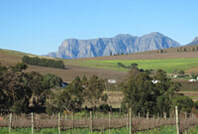
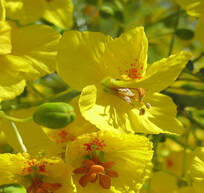
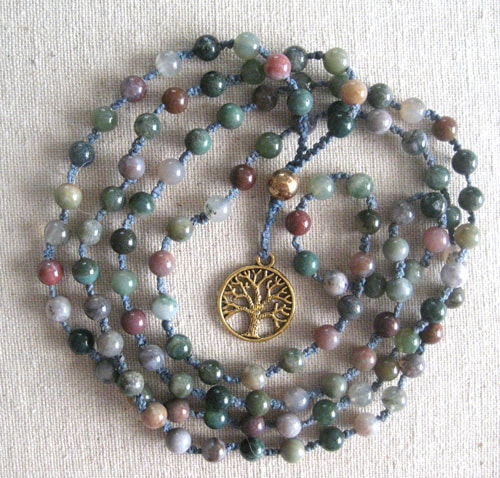
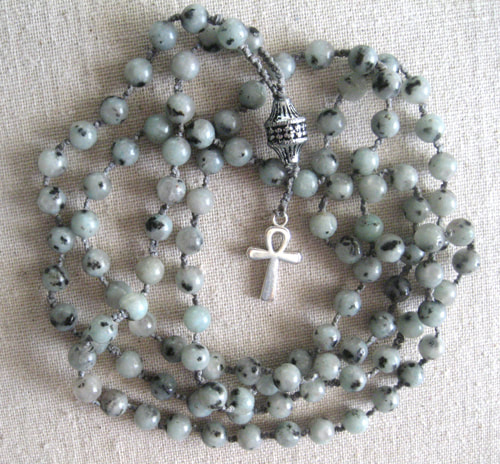
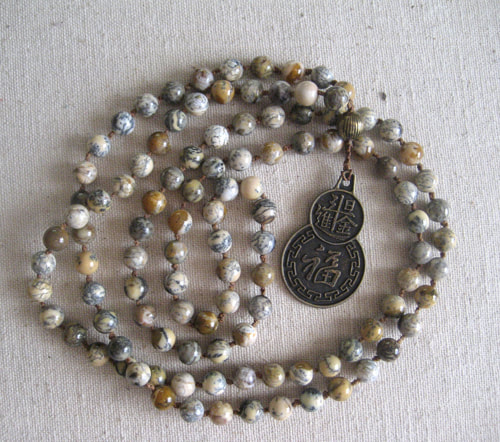
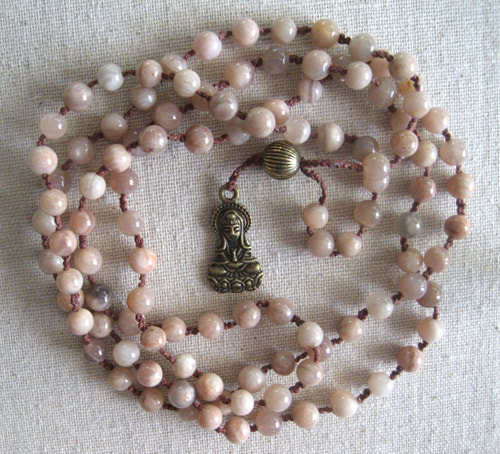
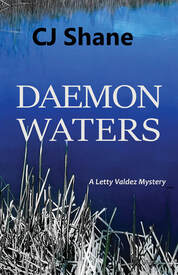
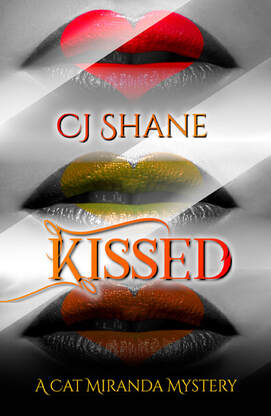
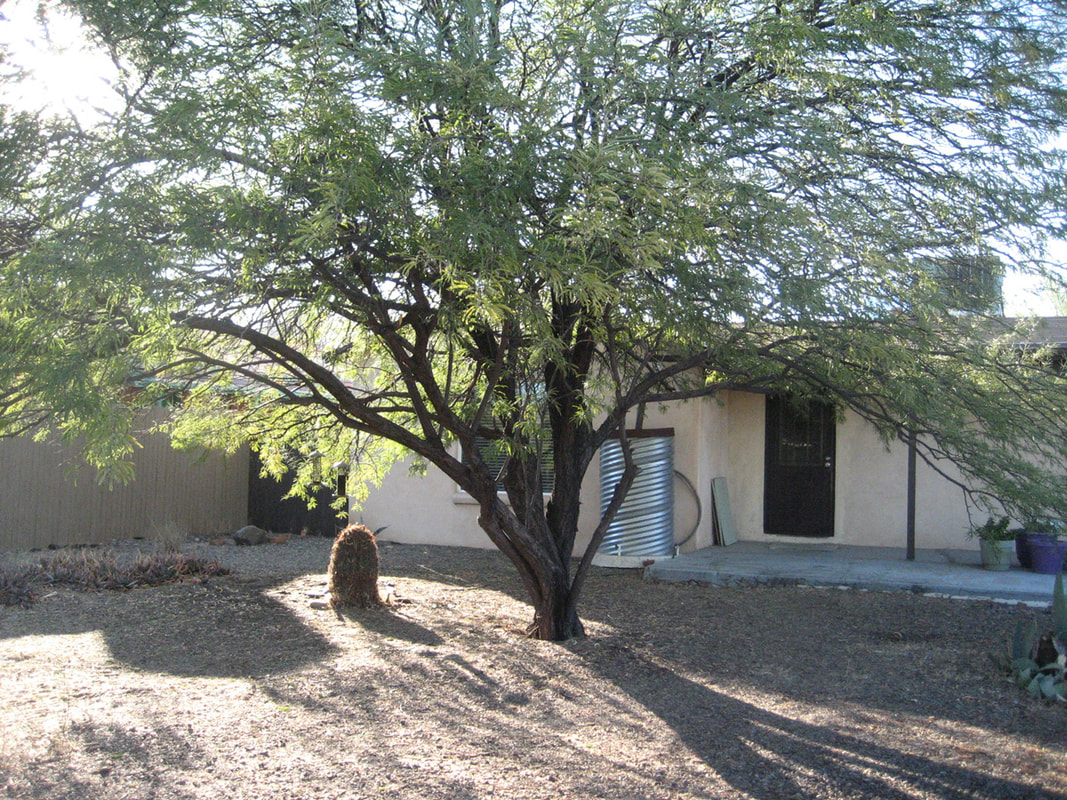
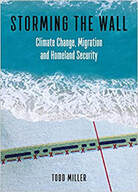
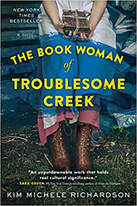
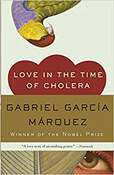
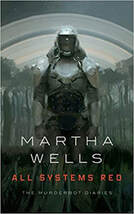


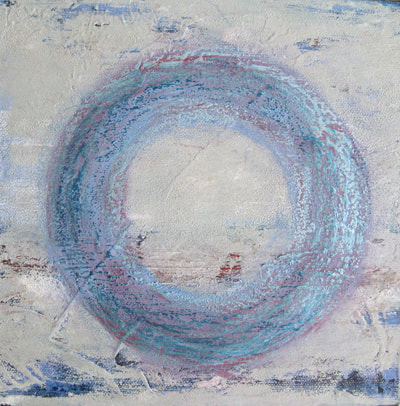
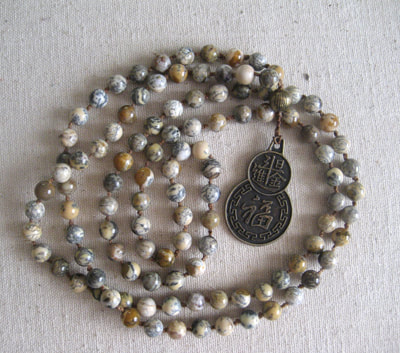
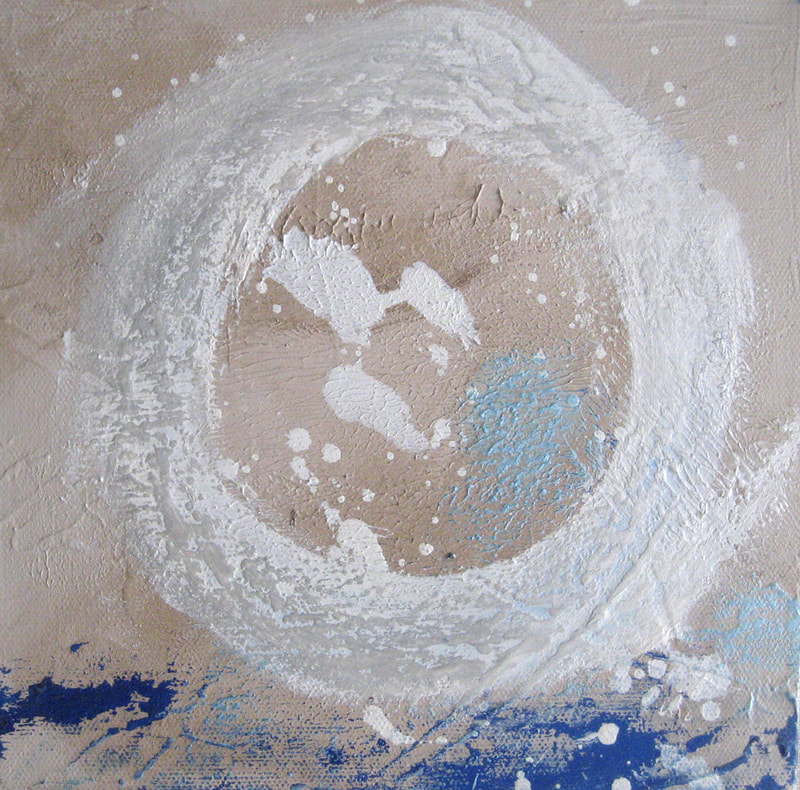

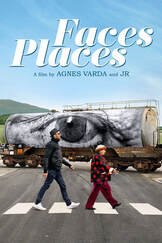
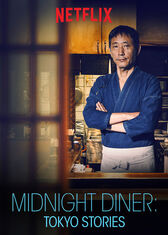
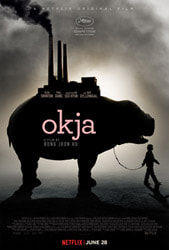
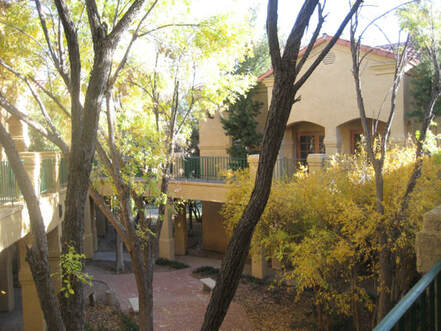
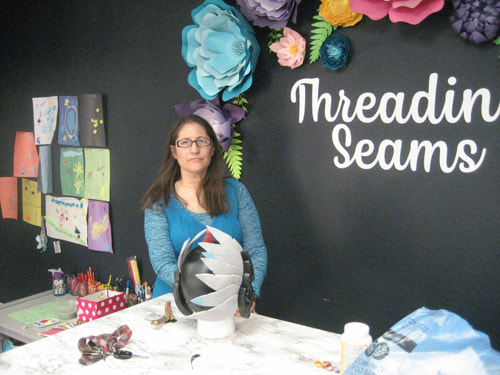
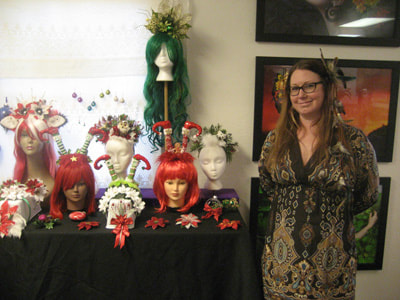
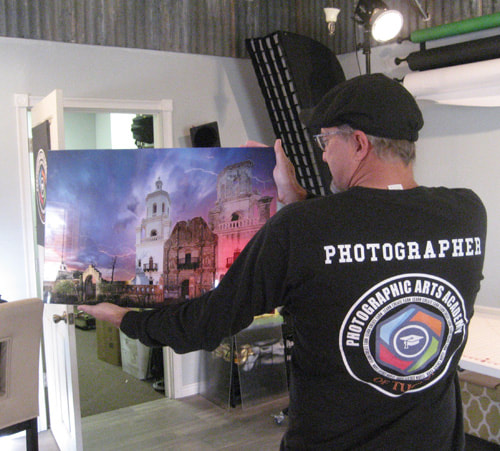
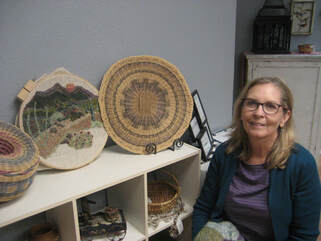
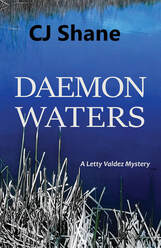
 RSS Feed
RSS Feed